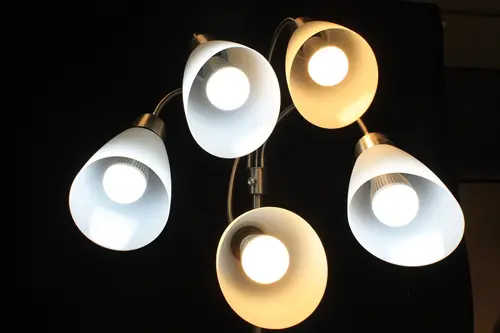Driven by higher demand, the price of LED light bulbs fell by an average of 1 percent globally in May 2013, according to LEDInside, a research division of TrendForce. While prices are still somewhat volatile depending on the world region, that finding held true in most markets across the globe. The declines were also seen with other LED technologies. In the U.S., the average sale price of a 40 watt equivalent LED lamp fell by almost 7 percent in May.
Rising demand
The main reason given for the price decline is that LED lighting is experiencing a significant rise in consumer demand. In their report, LEDInside predicted that as LED technology continues to develop, and consumers become more aware of LED products, the penetration rate should reach an estimated 25.7 percent in 2013, an increase of 8.1 percent over 2012. Manufacturers are getting out ahead of the rising popularity in residential LED lighting by working to further expand the market and increase the proportion of LED products that are available to consumers.
Outside of its applications for residential and commercial lighting systems, LED usage should continue to build as it gains greater market share for backlighting products like cell phones and notebooks. Those products, which represent a steadily growing industry, will provide even more opportunities for LED market expansion.
Lower prices
As any high school economics teacher can tell you, higher demand almost always leads to higher prices. But with LEDs, higher demand is having the opposite effect.
Lighting companies like General Electric, Phillips and Cree, Inc., have helped to make that counterintuitive idea a reality, driving prices lower by offering more products. They invested heavily in LED research and development going back years, which put them in a position to meet increased demand once it hit the market. Because of that, not only is total supply there to meet the demand, there are plenty of specialty products that incorporate LED as well.
Along with that existing supply, federal, state and local governments have instituted programs that incentivize consumers and businesses to switch to LED lighting systems. That government support is subsidizing both supply and demand, making it cheaper and easier for anyone who wants to switch to LED. The higher demand and declining prices discovered by LEDInside are indicative of a larger trend in America and throughout the globe that points to an ongoing rise in demand for LED lighting.





